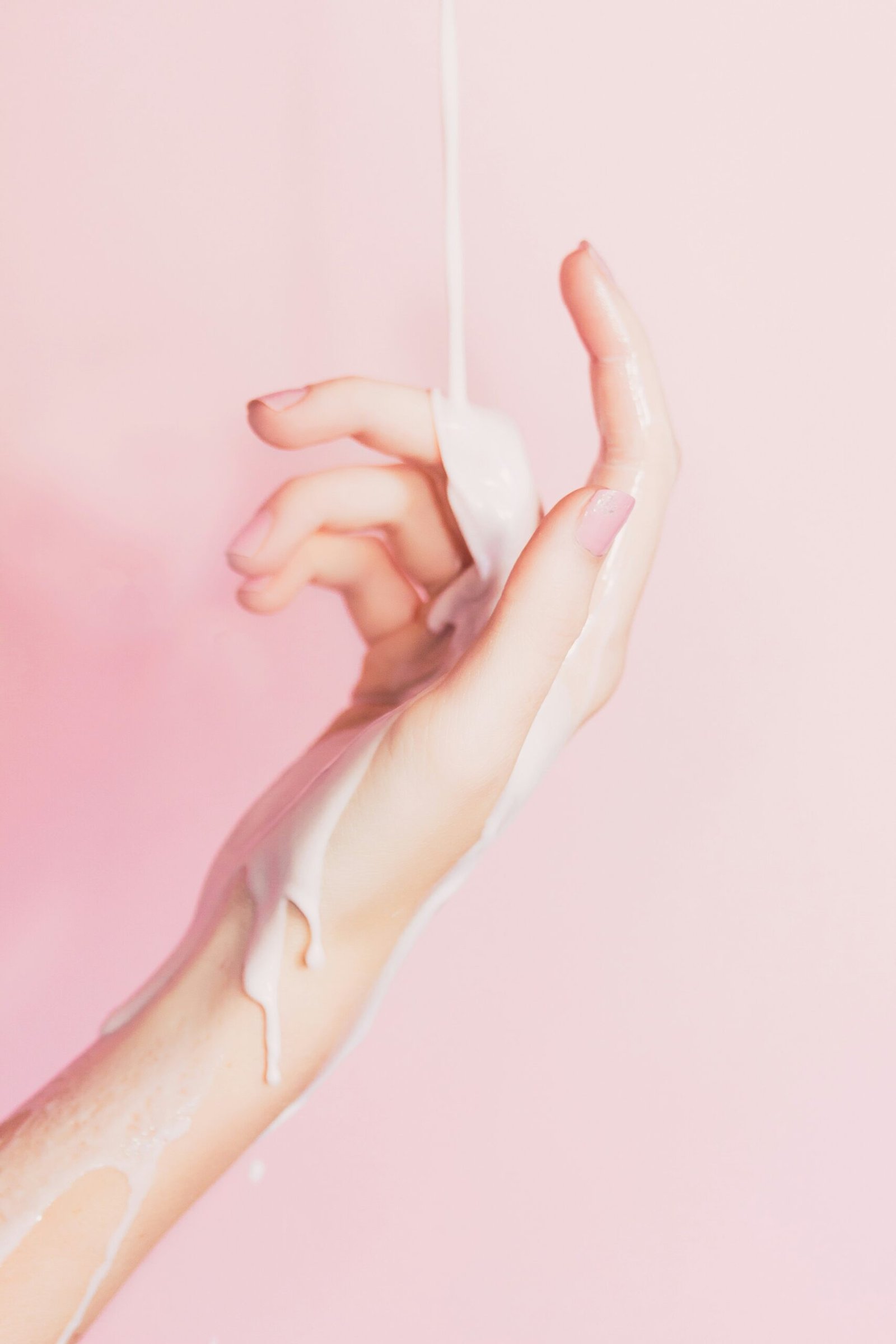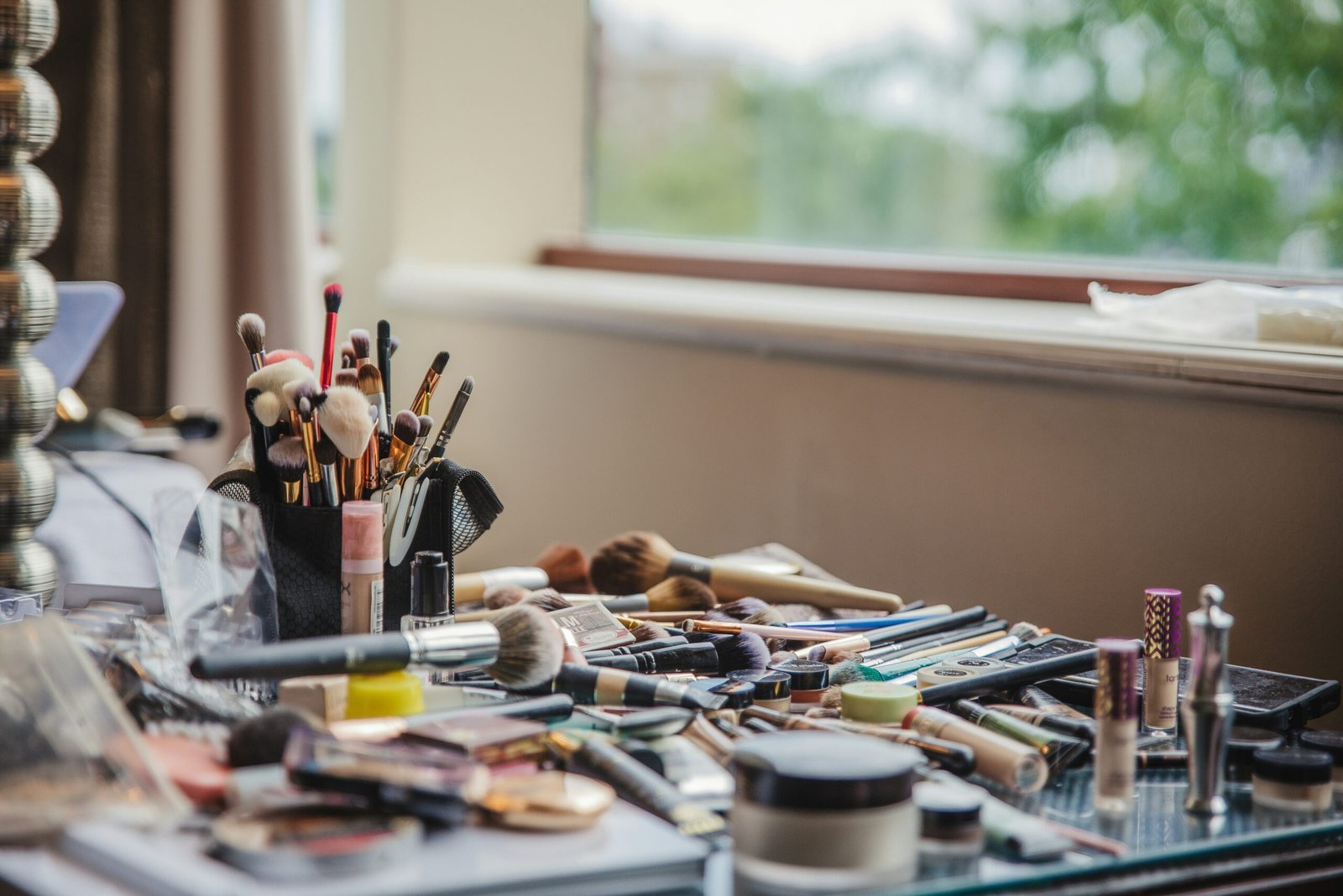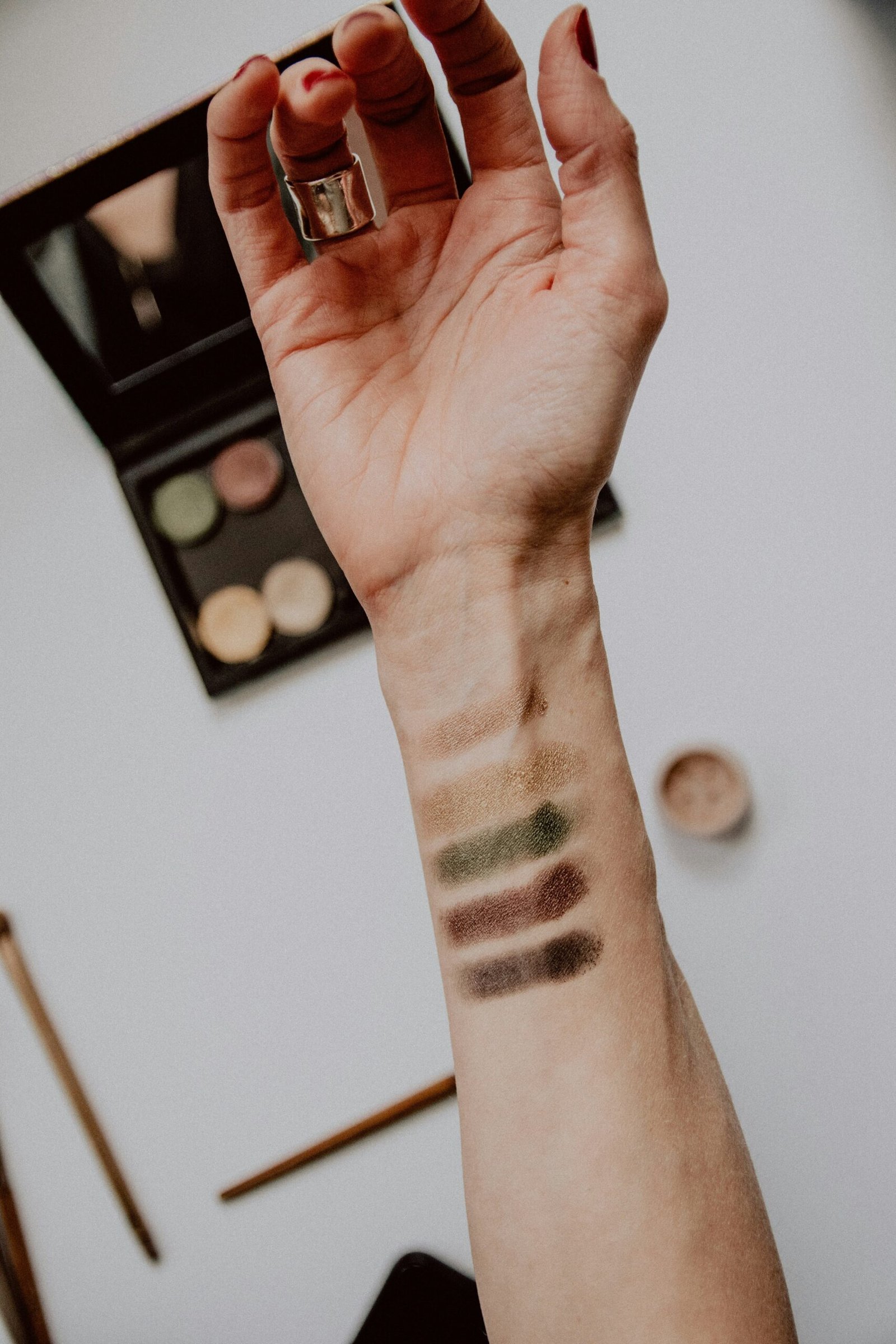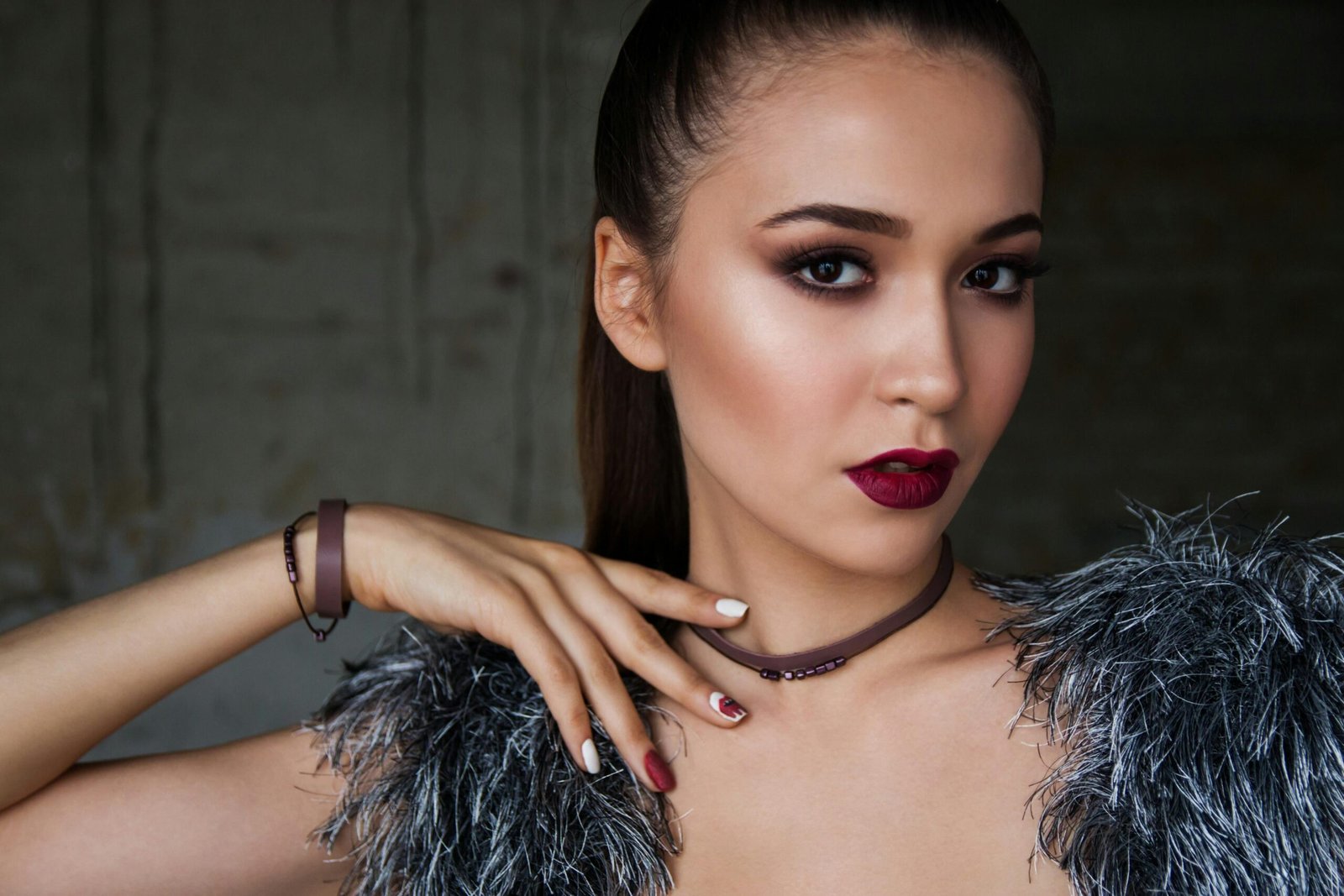Cruelty-Free Cosmetics: The Ethical Choice in Beauty
The concept of cruelty-free cosmetics revolves around the commitment to ensuring that beauty products are developed without any form of animal testing. Products labeled as cruelty-free are those which have not involved animals at any stage of their development or production, from ingredient sourcing to final formulation. This ethical stance is becoming increasingly significant in the beauty industry, reflecting a broader societal shift towards more humane and sustainable practices.
Ethical considerations play a crucial role in the growing demand for cruelty-free products. Consumers are becoming more aware of the implications of their purchasing decisions, seeking brands that align with their values. The movement towards cruelty-free beauty is bolstered by a growing awareness of animal rights and the ethical dilemmas associated with traditional cosmetic testing methods. This shift is not merely a trend but a reflection of a deeper, more conscientious approach to beauty and personal care.
The importance of cruelty-free cosmetics in the beauty industry cannot be overstated. As awareness and demand continue to grow, more brands are adopting cruelty-free practices, and regulatory bodies are implementing stricter guidelines to ensure compliance. This movement is driving innovation, as companies seek alternative testing methods that do not involve animals, such as in vitro testing and computer modeling. These advancements not only uphold ethical standards but also contribute to the development of safer, more effective products.
In essence, cruelty-free cosmetics represent a positive evolution in the beauty industry, aligning with a collective push towards more ethical, sustainable, and responsible consumerism. As the movement gains momentum, it signals a promising future where beauty does not come at the expense of animal welfare, enabling consumers to enjoy their favorite products with a clear conscience.
The History of Animal Testing in Cosmetics
Animal testing in the cosmetics industry has a history that spans several decades, originating in the early 20th century. The practice began as scientists sought to ensure the safety of beauty products for human use. Initially, the tests involved a range of animals, primarily rabbits, guinea pigs, and mice, subjected to various procedures to evaluate potential irritations, toxicity, and allergenic reactions.
One of the first significant milestones in this history was the development of the Draize test in 1944. This test, which involved applying substances to the eyes or skin of rabbits, became a standard procedure in the industry. By the mid-20th century, animal testing had become commonplace, as regulatory bodies required proof of product safety before allowing cosmetics to be sold to the public.
Societal attitudes towards animal testing began to shift in the latter half of the 20th century. The rise of the animal rights movement in the 1970s and 1980s brought increased scrutiny to the ethics of using animals for testing beauty products. Activists and organizations, such as People for the Ethical Treatment of Animals (PETA), played pivotal roles in raising awareness and advocating for alternative testing methods.
Legislation and regulatory changes followed these shifts in public opinion. In 2004, the European Union (EU) implemented a ban on animal testing for cosmetic products, and in 2013, they extended this ban to include all cosmetic ingredients. Similar regulations have been enacted in other regions, including India, Israel, and Norway. The United States, while slower to adopt comprehensive bans, has seen several states, such as California and New York, implement their own prohibitions on the sale of animal-tested cosmetics.
The evolution of this practice reflects a broader societal trend towards more ethical and sustainable approaches in the beauty industry. Today, many companies are committed to cruelty-free practices, driven by consumer demand for products that align with their values. The history of animal testing in cosmetics serves as a reminder of the ongoing journey towards a more compassionate and conscientious beauty industry.
The Difference Between Cruelty-Free, Vegan, and Organic Cosmetics
In the realm of beauty products, terms like cruelty-free, vegan, and organic are often used interchangeably, yet they represent distinct concepts. Understanding these labels is crucial for consumers who are making ethical and informed choices in their beauty routines.
Firstly, cruelty-free cosmetics are those that are not tested on animals at any stage of product development. This label signifies that neither the final product nor any of its ingredients have been subject to animal testing. Brands like The Body Shop and Lush are well-known for their commitment to cruelty-free practices. This ethical stance is aimed at promoting humane treatment of animals and preventing cruelty in the beauty industry.
On the other hand, vegan cosmetics go a step further. In addition to being cruelty-free, vegan products do not contain any animal-derived ingredients. This includes common beauty product components such as beeswax, lanolin, and carmine. A prominent example of a brand that offers vegan cosmetics is Cover FX, which ensures all their products are free from animal ingredients. This distinction is important for consumers who are concerned about both animal welfare and the use of animal products in their beauty regimen.
Organic cosmetics focus on the purity and natural origins of their ingredients. These products are made from naturally sourced components that are grown without the use of synthetic pesticides, herbicides, or fertilizers. The organic label often requires certification from recognized bodies such as USDA Organic or EcoCert. Brands like Dr. Hauschka and Juice Beauty are renowned for their adherence to organic beauty standards. For consumers, choosing organic cosmetics means prioritizing natural ingredients and supporting sustainable farming practices.
Recognizing the differences between these labels allows consumers to make informed choices that align with their personal values and ethical considerations in beauty. Whether prioritizing animal welfare, avoiding animal-derived ingredients, or supporting organic farming, each label represents a commitment to a more ethical and sustainable beauty industry.
Benefits of Choosing Cruelty-Free Cosmetics
Opting for cruelty-free cosmetics offers a multitude of benefits, extending beyond personal beauty routines to encompass ethical consumption, improved animal welfare, and environmental sustainability. The growing awareness around ethical beauty choices has catalyzed a significant shift in consumer preferences. According to a 2021 survey by Statista, 36% of beauty consumers in the United States actively seek out cruelty-free products, highlighting a paradigm shift towards more conscientious beauty practices.
One of the primary benefits is the enhancement of animal welfare. Traditional cosmetic testing often involves inhumane practices on animals, leading to significant suffering. By choosing cruelty-free options, consumers directly contribute to reducing this cruelty. A report by Cruelty Free International estimates that over 500,000 animals are used annually in cosmetic testing worldwide. By supporting cruelty-free brands, consumers can play a pivotal role in bringing these numbers down.
Moreover, cruelty-free beauty products are frequently indicative of higher product quality. Brands that commit to ethical standards often prioritize the use of natural, non-toxic ingredients, which can be gentler on the skin and overall health. Research published in the “Journal of Cosmetic Science” suggests that products free from harmful chemicals like parabens and sulfates are less likely to cause skin irritations, thus offering a safer alternative for consumers.
The environmental benefits of choosing cruelty-free cosmetics are equally compelling. Many cruelty-free brands also emphasize sustainable practices, including eco-friendly packaging and ethical sourcing of ingredients. This dual focus not only reduces the environmental footprint but also supports broader ecological balance. A study by Zero Waste Europe highlights that sustainable packaging initiatives by cruelty-free brands can reduce plastic waste by up to 70%, demonstrating a significant positive impact on the environment.
In summary, the benefits of choosing cruelty-free cosmetics are manifold. From enhancing animal welfare and promoting higher product quality, to fostering environmental sustainability, ethical beauty choices empower consumers to make a positive impact in multiple realms. As awareness and demand for cruelty-free products continue to grow, the beauty industry is poised to evolve towards more ethical and sustainable practices.
How to Identify Cruelty-Free Brands
In the ever-evolving landscape of beauty, consumers are increasingly prioritizing ethical considerations, such as the cruelty-free status of their products. Identifying cruelty-free brands can seem daunting, but there are several key indicators and resources to guide you in making informed choices.
Firstly, trusted certifications are an invaluable tool in verifying the cruelty-free status of a brand. One of the most recognized certifications is the Leaping Bunny logo, which signifies a brand’s adherence to rigorous cruelty-free standards. Another prominent certification is PETA’s Beauty Without Bunnies logo. Both of these certifications ensure that neither the products nor their ingredients are tested on animals at any stage of development.
When shopping for beauty products, look for these logos on packaging or brand websites. However, it is important to note that not all cruelty-free brands may have these certifications due to the costs associated with obtaining them. Therefore, it is equally essential to conduct your own research. Start by visiting the brand’s official website and reviewing their animal testing policy. Transparency is a hallmark of ethical brands, and a clear, unequivocal statement regarding their cruelty-free practices is a positive sign.
Additionally, leverage databases maintained by reputable organizations. Websites like Cruelty-Free Kitty and Ethical Elephant offer comprehensive lists of verified cruelty-free brands. These resources are regularly updated and can serve as a reliable reference for consumers.
Social media and online communities can also provide insights into a brand’s cruelty-free status. Platforms like Instagram, Reddit, and Facebook host discussions and reviews from fellow consumers who share their experiences and findings. Engage with these communities to gather diverse perspectives and verify information.
Ultimately, identifying cruelty-free brands requires a combination of recognizing trusted certifications, conducting thorough research, and utilizing reliable resources. By making informed choices, you contribute to a more ethical beauty industry and support brands committed to cruelty-free practices.
Top Cruelty-Free Brands to Try
When it comes to embracing cruelty-free beauty, several brands stand out for their unwavering commitment to ethical practices. These brands not only forgo animal testing but also often incorporate other ethical considerations such as sustainability and vegan formulations. Here are some top cruelty-free brands across various beauty categories that you should consider integrating into your routine.
1. Skincare: The Ordinary
The Ordinary is renowned for its straightforward, effective, and affordable skincare products. This brand is part of DECIEM, a company that is staunchly against animal testing. Beyond being cruelty-free, The Ordinary also focuses on transparency, providing detailed information about the ingredients and formulations they use. Their commitment to sustainability is evident in their minimalistic packaging and ethical sourcing of ingredients.
2. Makeup: Tarte Cosmetics
Tarte Cosmetics offers a wide range of makeup products that are not only cruelty-free but also formulated without harmful chemicals like parabens and phthalates. Their vegan product line is extensive, catering to the growing demand for ethical beauty choices. Tarte is dedicated to sustainable practices, including eco-friendly packaging and supporting initiatives that protect the environment.
3. Haircare: Briogeo
Briogeo is a standout in the haircare industry, offering products that are 100% cruelty-free and mostly vegan. They pride themselves on using natural, ethically sourced ingredients while avoiding harsh sulfates, silicones, and parabens. Briogeo’s commitment to sustainability is reflected in their recyclable packaging and participation in environmental conservation efforts.
4. Body Care: Lush
Lush is a pioneer in cruelty-free and environmentally friendly beauty products. Known for their handmade soaps, bath bombs, and skincare items, Lush ensures that none of their products are tested on animals. They also champion sustainability through initiatives like naked packaging (packaging-free products) and ethical sourcing of ingredients.
5. Nail Care: Zoya
Zoya is a leader in the nail care industry, offering a wide array of cruelty-free and vegan nail polishes. Their formulations are free from harmful chemicals such as formaldehyde, toluene, and dibutyl phthalate (DBP). Zoya’s dedication to ethical beauty extends to their eco-friendly packaging and support for sustainable practices within the beauty industry.
These brands exemplify the beauty industry’s shift towards more ethical and sustainable practices. By choosing cruelty-free products, consumers can enjoy high-quality beauty solutions while contributing to a more humane and environmentally conscious world.
Challenges and Misconceptions About Cruelty-Free Cosmetics
The movement towards cruelty-free cosmetics, while ethically commendable, often encounters several challenges and misconceptions. A prevalent concern is the perceived higher cost of these products. Consumers frequently assume that cruelty-free cosmetics are more expensive due to their ethical production processes. However, this is not universally true. Many brands are committed to providing affordable cruelty-free options without compromising on quality. Furthermore, as demand increases, economies of scale allow for cost reductions, making these products more accessible. It is essential to consider the long-term benefits and the ethical satisfaction derived from using such products, which can outweigh any minor cost differences.
Availability is another common issue. Some consumers feel that cruelty-free cosmetics are not as readily available as mainstream brands. While this was once the case, the landscape is rapidly changing. With the rise of online shopping and the growing popularity of ethical beauty, more retailers are stocking cruelty-free options. Additionally, numerous dedicated cruelty-free brands are expanding their distribution channels, making their products more accessible than ever before. Consumers can easily find a variety of cruelty-free products both online and in physical stores, particularly in specialized beauty and health shops.
Concerns about the efficacy of cruelty-free cosmetics also persist. Some individuals believe that these products may not perform as well as their conventional counterparts. This misconception is rooted in the belief that animal testing is necessary to ensure product effectiveness. However, modern science has provided alternative testing methods, such as in vitro testing and computer modeling, which can be equally effective. Many cruelty-free brands boast high-performance products that are often backed by rigorous scientific research and development. Reviews and testimonials from satisfied customers further validate the efficacy of these ethical beauty products.
In addressing these challenges and misconceptions, it is clear that cruelty-free cosmetics offer a viable and ethical alternative in the beauty industry. By dispelling these myths and providing evidence-based counterarguments, consumers can make informed decisions that align with their values, supporting a more humane and sustainable future.
The Future of Cruelty-Free Cosmetics
The future of cruelty-free cosmetics is poised for significant transformation, driven by emerging trends, technological advancements, and evolving regulatory landscapes. As awareness of ethical beauty practices continues to rise, the demand for cruelty-free products is expected to grow exponentially. This movement is not only about avoiding harm to animals but also about embracing a comprehensive approach to sustainability and transparency in the beauty industry.
One of the most promising trends in the realm of cruelty-free cosmetics is the development of alternative testing methods. Innovations such as in-vitro testing, computer modeling, and advanced cell cultures are becoming more sophisticated and accessible. These technologies offer reliable, humane, and often more cost-effective alternatives to traditional animal testing. As these methods gain acceptance and validation, they are likely to become the standard in the beauty industry, further reducing reliance on animal testing.
Regulatory changes are also on the horizon, with more countries and regions adopting stringent laws against animal testing for cosmetics. The European Union has already set a precedent with its comprehensive ban on animal testing for cosmetics and cosmetic ingredients. Similarly, other nations, including Australia, India, and Israel, have implemented their own bans. In the United States, the Humane Cosmetics Act aims to prohibit the sale and manufacture of animal-tested cosmetics, signaling a significant shift in regulatory attitudes.
Consumer advocacy plays a critical role in shaping the future of cruelty-free beauty. As consumers become more informed about the ethical implications of their purchases, they are increasingly demanding transparency and accountability from brands. This shift in consumer behavior is compelling companies to adopt cruelty-free practices and obtain certifications from reputable organizations such as Leaping Bunny and PETA. Brands that fail to align with these values risk losing consumer trust and market share.
In conclusion, the future of cruelty-free cosmetics appears promising, with technological innovations, regulatory advancements, and empowered consumers driving the industry towards more ethical and sustainable practices. As the movement continues to gain momentum, it will not only redefine beauty standards but also foster a more compassionate and responsible approach to cosmetic production and consumption.
Conclusion and Final Thoughts
As we navigate the ever-evolving landscape of beauty, the ethical considerations behind our choices become increasingly significant. Cruelty-free cosmetics represent a pivotal shift towards more humane and ethical beauty practices. By opting for products that do not involve animal testing, consumers can contribute to a more compassionate world while still achieving their desired beauty outcomes.
Throughout this discussion, we have explored the profound impact of choosing cruelty-free cosmetics. Firstly, this choice supports the well-being of animals, sparing countless lives from unnecessary suffering. Secondly, it aligns with the growing consumer demand for transparency and ethical practices in the beauty industry. Finally, cruelty-free brands often invest in high-quality, innovative alternatives to animal testing, leading to safer and more effective products.
Making informed and ethical choices in our beauty routines not only elevates our personal standards but also sends a powerful message to the industry. By supporting cruelty-free brands, we encourage more companies to adopt humane practices, ultimately driving a global shift towards ethical beauty standards. It is a collective effort where every purchase counts and every voice matters.
We urge you to explore and support cruelty-free brands, ensuring that your beauty routine reflects your values. Together, we can foster a beauty industry that upholds the principles of compassion, innovation, and integrity. Let us take a stand for a kinder, more ethical world, one beauty product at a time.
Share this content:




 Italiano
Italiano English
English Español
Español